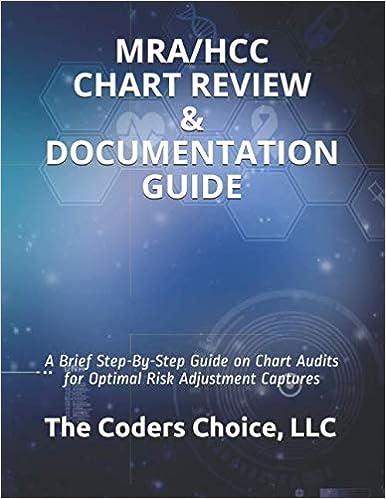Exercise 13-6 Common-size percents LO P2 Simon Company's year-end balance sheets follow. Current Yr At December 31 Assets Cash Accounts receivable, net Merchandise Inventory Prepaid expenses Plant annets, net Total asseta Liabilities and Equity Accounts payable Long-term notes payable secured by mortgages on plant asseta Common stock, $10 par value Retained earnings Total liabilities and equity $ 31,643 90,813 109,659 10,090 283,609 5.525,814 1 Yr Ago 2 Yrs Ago $ 36,626 $ 36,656 63,460 49,368 84,697 52,046 9,329 4,032 259,176 231,898 $ 453,288 $ 374,000 $ 132,237 $ 77,372 $ 49,862 96, 876 163,500 133,201 $ 525,814 103,214 83,401 163,500 163,500 109,202 77.157 $ 453,288 $ 374,000 1. Express the balance sheets in common-size percents. (Do not round intermediate calculations and round your final percentage answers to 1 decimal place.) 2. Assuming annual sales have not changed in the last three years, is the change in accounts receivable as a percentage of total assets favorable or unfavorable? 3. Assuming annual sales have not changed in the last three years, is the change in merchandise Inventory as a percentage of total assets favorable or unfavorable? Complete this question by entering your answers in the tabs below. Reg 1 Reg 2 and 3 Express the balance sheets in common-size percents. (Do not round Intermediate calculations and round your final percentage answers to 1 decimal place.) SIMON COMPANY Common-Site Comparative Balance Sheets December 31 Current Year 1 Year Ago 2 Years Ago % % % % Assets Cash Accounts receivable, nel Merchandise inventory Prepaid expenses Plant assets, net Total assets Liabilities and Equity Accounts payable Long-term notes payable secured by mortgages on plant assets Common stock, $10 par Retained earnings Total liabilities and equity % % Req 2 and 3 > Retained earnings Total liabilities and equity $ 525,814 $ 453,288 $ 374,000 ces 1. Express the balance sheets in common-size percents. (Do not round intermediate calculations and round your final percentage answers to 1 decimal place.) 2. Assuming annual sales have not changed in the last three years, is the change in accounts receivable as a percentage of total assets favorable or unfavorable? 3. Assuming annual sales have not changed in the last three years, is the change in merchandise inventory as a percentage of total assets favorable or unfavorable? Complete this question by entering your answers in the tabs below. Reg 1 Reg 2 and 2 Assuming annual sales have not changed in the last three years, is the change in accounts receivable as a percentage of total assets favorable or unfavorable? Assuming annual sales have not changed in the last three years, is the change in merchandise inventory as a percentage of total assets favorable or unfavorable? Show less 2. Change in accounts receivable 3. Change in merchandise inventory unfavorable development unfavorable development Req1









